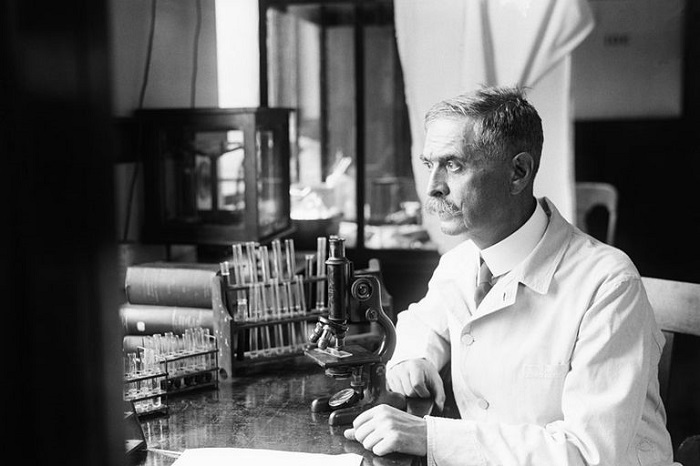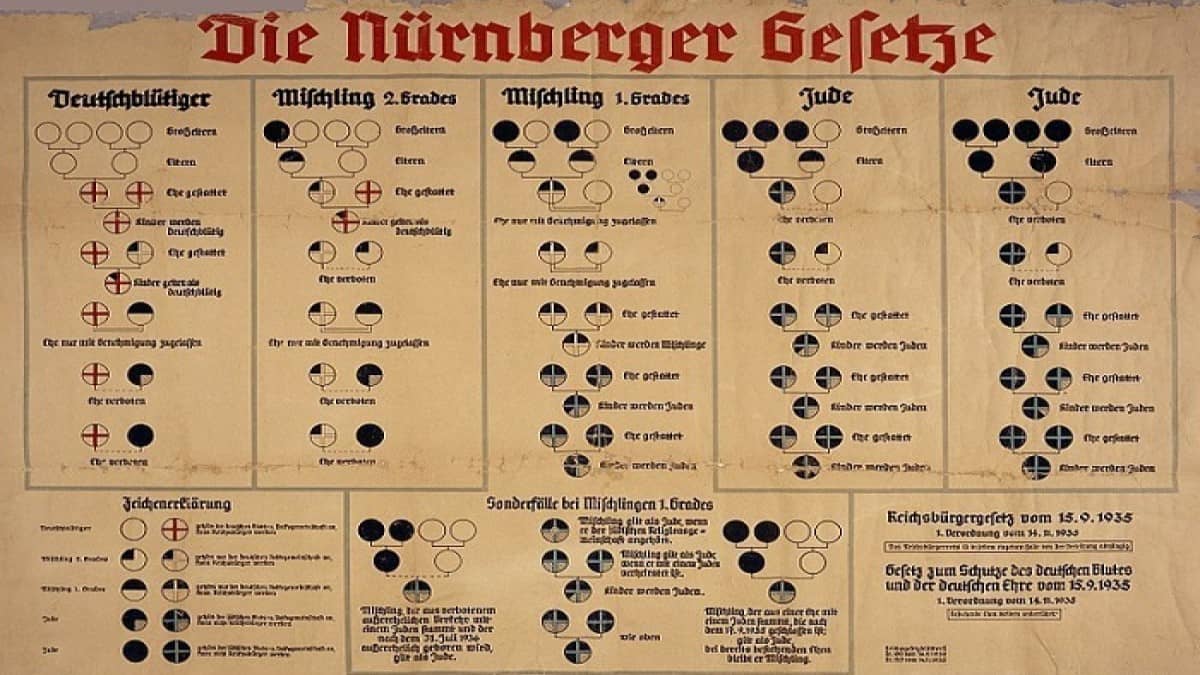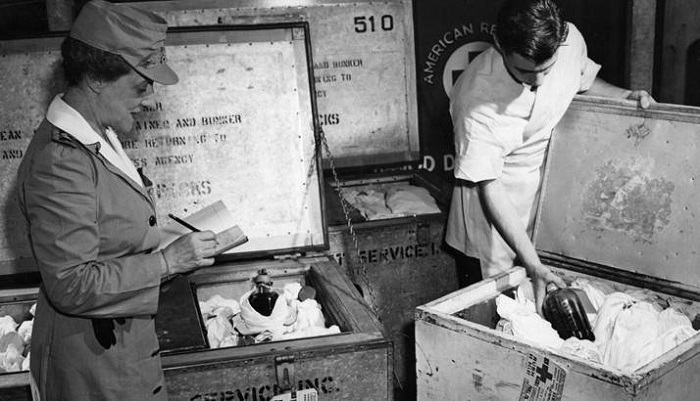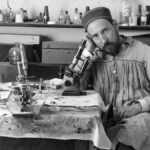When William Harvey discovered the fact that the blood was circulating in the body in a closed system, it led to the idea of blood transfusion. A few moments after, Oxford physician Richard Lower started working on the dog-to-dog and animal-to-animal blood transfusions. In the 16th and 17th centuries, blood, milk, and saltwater transplants were carried out in various countries to meet the patient’s blood needs, but these often caused terrifying situations.
Discovery of blood transfusion

By the 20th century, when microbiological research was prevailing on the scene, numerous scientific details were acquired about some infections, and more importantly, significant improvements were made to human cellular functions (white blood cells) and the responses of antibodies. The blood transfusion, and the revolutionary developments it brought with it, caused the 20th century to be called the “age of immunology.” The biggest development in this field happened in 1901.
Austrian physician Karl Landsteiner discovered this while working with unsuccessful blood transfusion samples. He mixed small amounts of blood samples with the blood samples of different patients, and the result was an agglutination (clustering) of red blood cells, but not always. However, the same agglutination sometimes resulted in deaths and illnesses. Because this was a result of the inappropriate blood transfusions. Based on this experience, Landsteiner discovered that this was due to the presence or absence of two antigens called A and B that adhere to the outer layer of the cell membrane in the red blood cells.
Later, he mixed the blood samples he took from his physician friends and separated them into either group A or group B as compatible or clustered. He found a type of blood type that did not lead to clustering when mixed with both A and B groups. Understanding that no antigens adhere to the outer layer of the cell membrane in the red blood cells, Landsteiner called this blood type the 0 (zero) group (which later turned into the letter “O”). After a series of shuffles and observations, he discovered a new group called AB, where the cells carry both antigens.
Unfortunately, the remaining details about blood transfusion could not be easily and quickly discovered. It would take another forty years to embrace the life-saving function of blood transfusion with the discovery of other antigens (Rh, M, N, and P), the emergence of anticoagulant drugs and blood storage products that prevent blood clotting, the establishment of blood banks, and the beginning of World War II. As a result of the widespread use of blood transfusions, diseases such as viral hepatitis and, later, AIDS, have emerged after blood transplantation. This has been eliminated by scanning the donors’ blood with the help of radioimmune analysis and other methods.
Blood transfusion, and the race wars

Today, we understand that the word “value” has deviated from its meaning and degenerated to be turned into a political tool, especially in the recent past. Mostly, when we look at the examples mentioned above, we realize this degeneration better. Before written history, even a single drop of blood was valued highly; it reflected our personalities, determined our race, and symbolized living species. In 1935, German doctor Hans Serelman had a patient in need of an emergency blood transfusion. This happened at a time when blood banks (except the first blood bank established in Leningrad in 1932) were not yet established and blood transfusions were made directly from the donor’s vein to the recipient’s vein. Serelman gave the patient his blood because there were no compatible donors. While he had to be praised for saving the patient’s life, he was sent to the concentration camp because he was a Jew, and the blood of the German race was contaminated.
In the years that followed, Germany began working on preventing eight thousand Jewish doctors from doing their job and reducing the Jewish “influence” in the field of medicine, among many other applications. German immunology studies focused on finding the differences between pure Aryan blood and Jewish blood, which had no contribution to science. The Nuremberg Law for the Protection of Blood and German Honor imposed significant limitations on the blood to be removed from the donor during the blood transfusion, “in the case of the donor carrying sufficient pure Aryan blood”, to create a pure Aryan breed.
American racism

If we look at the United States, we see similar racial practices. The army was divided into two, and the Red Cross refused to collect blood from the blacks. After the Pearl Harbor attack, the need for blood was so high that the institution began to accept the blood of black people. He labeled and processed the blood taken from them differently. In the late 1950s, the state of Arkansas enacted a law requiring the separation of black and white people’s blood, while the state of Louisiana enacted a law that criminalized this for physicians who gave “blood of the black” to white people without permission.
Today, it is unknown how many deaths and suffering have resulted from widespread racial discrimination among black and white people. Some of the legislators that support these laws, policies, and practices are also the heads of the parties that govern us; It is they who decide who can get health care, the distribution of organs in transplants, who has the right to abortion, stem cell research, who can access secret medical documents, who will have the human genome, and the quality of the air we breathe and the water we drink.




